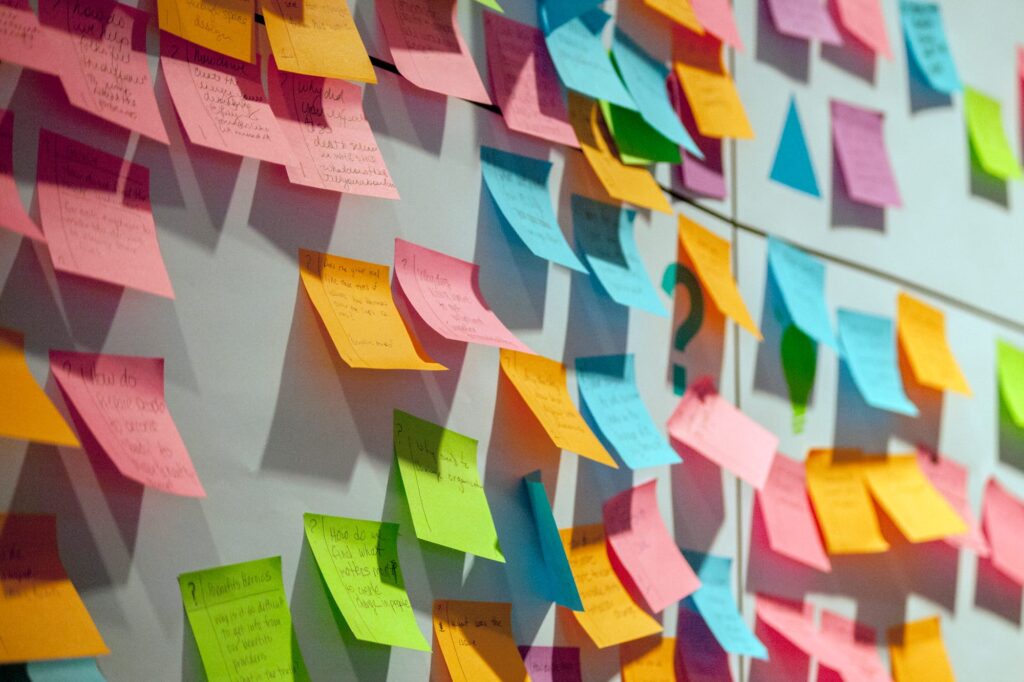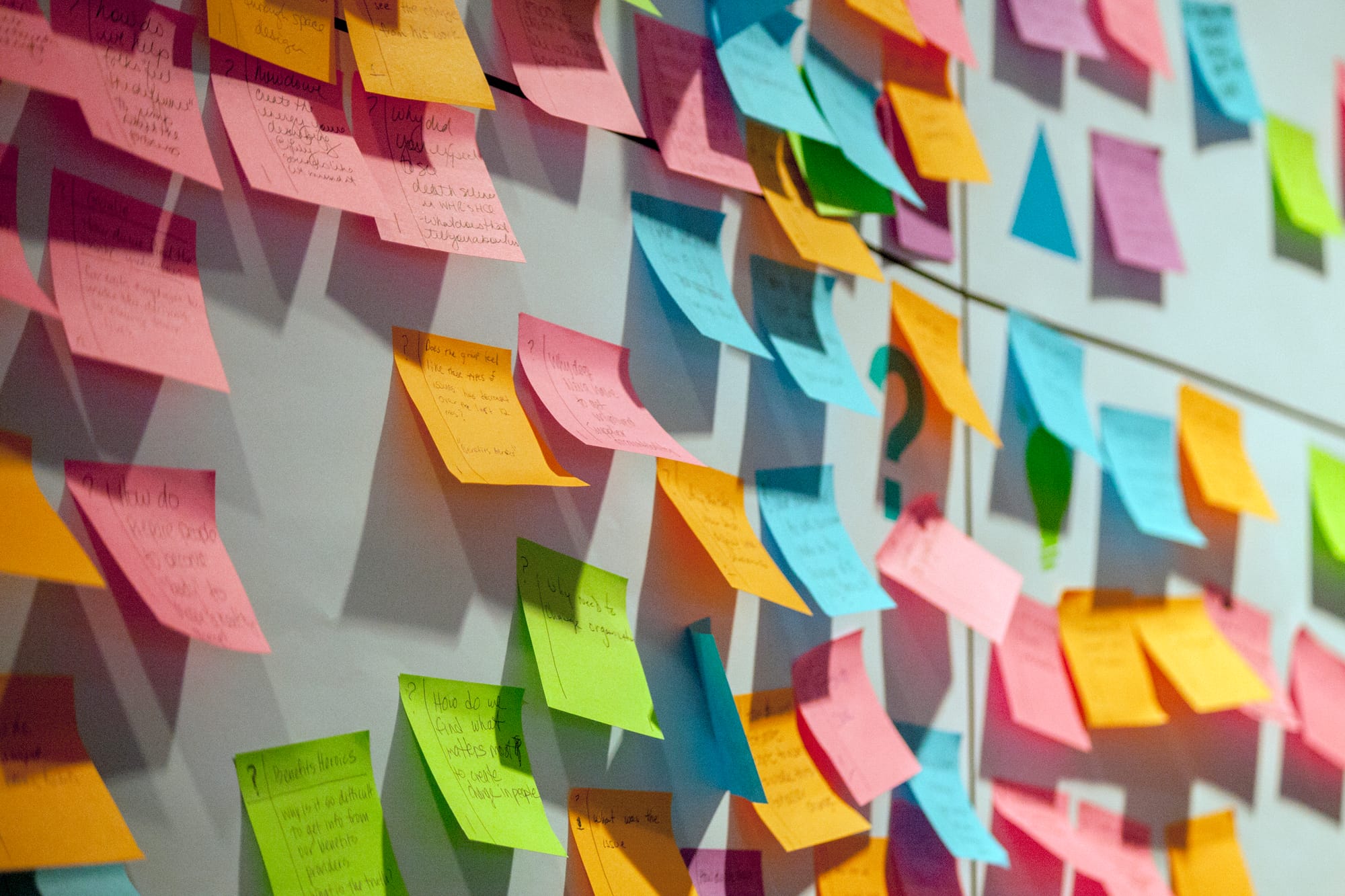How to Know if Your Idea’s the Right One — A Founder’s Guide for Successful Early-Stage Customer Discovery

So you’ve got a startup idea swirling around in your head. As an initial step, you might grab a coffee with a trusted friend and ask, “So what do you think?” and poke around for some early research into the competitive landscape. But as “The Mom Test” has taught us, this sort of casual idea validation with friends and family is not nearly enough to build an enduring business that can go the difference — and patterns from five deep conversations than from 50 unfocused ones.
“We get nervous when we hear, ‘Oh gosh, I only spoke with five people.’ But that’s my user research magic number. If you bring that focus into it, you can get something that’s much deeper than you’d ever expect,” she says.
To find that customer type for your research sprint, Mellinger recommends focusing on two dimensions:
- Psychographics: This is how people behave and think. In the pan example, Mellinger’s counsel would be to target chefs who value innovation and speed — as these are the types of end users that would likely invest in a pan that does the job quicker.
- Demographics: These are the easier details to pinpoint (think age, geography, years of experience) and make up the second step of the evaluation process. Thinking back to the fast-paced, creative chefs, it would follow to target major hubs like New York City — where kitchens are crowded and the restaurant industry is competitive.
If there’s more than one target group for your product, try five interviews with each. Narrowing your sample as methodically as possible ensures a product that’s not only good, but good for those who need it most.
PHASE 2: LEARN WITHOUT LETTING BIAS CREEP IN
Armed with an in-depth plan, founders and startup leaders are ready to start sitting down for interviews. But this eager mindset can get plenty of well-meaning folks into trouble — this isn’t just an opportunity to hear how great your idea might be. It’s an opportunity to hear the daunting points, too.
Remember, you want to learn the scary things when you’re conducting research — that’s how you avoid spending all of your time developing a product, only to find out that no one wants it.
Mellinger shares her tactics for how to make the most of each conversation, while artfully dodging common biases that crop up along the way. She also shares the exact interview framework structure she prescribes to the founders she advises.
Collect better data by checking your bias
Bias is pesky and persistent, especially in the interview process. While it may be impossible to completely shed inadvertent feelings and opinions, placing them behind a mask of well-structured questions is a must if you want real feedback.
“It’s not that people are trying to deceive you,” says Mellinger. “But bias from both ends can unfortunately create an environment of false signals. All of a sudden you’re building something that people don’t want as much as they indicated.”
Mellinger notes three types of bias to avoid when conducting user research.
Confirmation bias: …read more
Source:: First Round












